At first glance, the OREA Brewer V4 presents itself as a cutting-edge brewer with sleek minimalistic tones. On September 4th, 2023, OREA unveiled its latest product to newsletter subscribers, following the V3, and boldly articulating a vision for modular brewing.
In this article, we’ll delve into the OREA Brewer V4 and its modular brewing capabilities, explore its modular brewing features and assessing its brewing results.
About the OREA Brewer V4
OREA emphasizes that the concept behind the V4 lies in creating a system, not a brewer. Their innovative approach revolves around modular bottoms that seamlessly attach to the brewer. While this concept may not be entirely groundbreaking, it presents a refreshing perspective amidst the landscape of modern brewing products.
As an illustration, take the ORIGAMI, which facilitates the use of two distinct paper filter types (Cone and Wave). Similarly, Aeropress has introduced a new range of accessories, including the Stainless Steel Filter designed as an alternative to micro paper filters.
Choosing Between Narrow & Wide
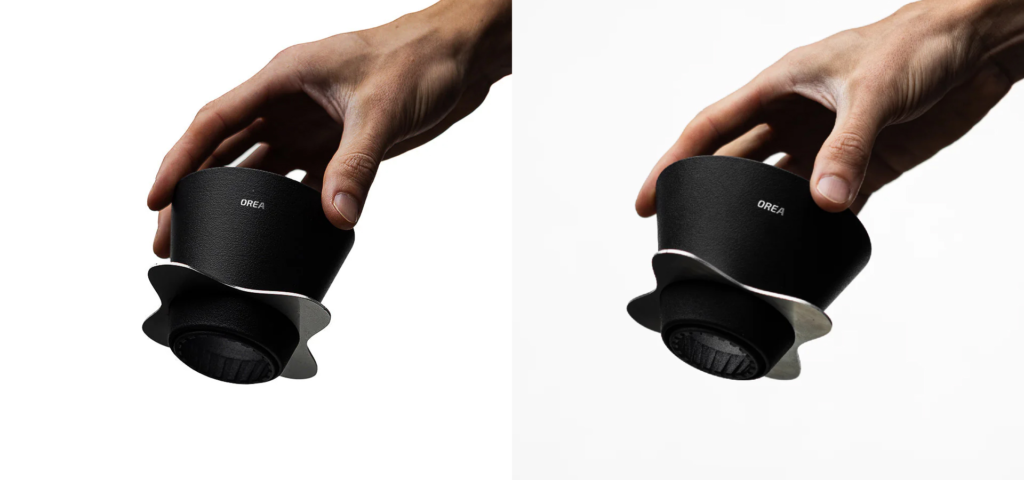
The V4 collection offers two variants: Narrow (73°) and Wide (65°), and they are both sized large (185). The key differentiator between the two lies in their batch size and flow rate characteristics.
The Narrow variant is ideally suited for smaller-sized batches (28g for 2 cups), boasting a significantly faster flow rate. On the other hand, the Wide variant caters to larger-sized batches (36g for 2 cups) and operates at a slower pace, extending the brew time by approximately 30 seconds.
OREA highlights that each variant provides a unique flavor profile. The Narrow exhibits a brighter and more intense flavor reminiscent of the V3, while the Wide offers a balance of body and richness. In our experimentation, we observed that the Wide variant embodies a mellow quality, delivering robust body without sacrificing clarity in flavor.
OREA Filters vs Normal Filters
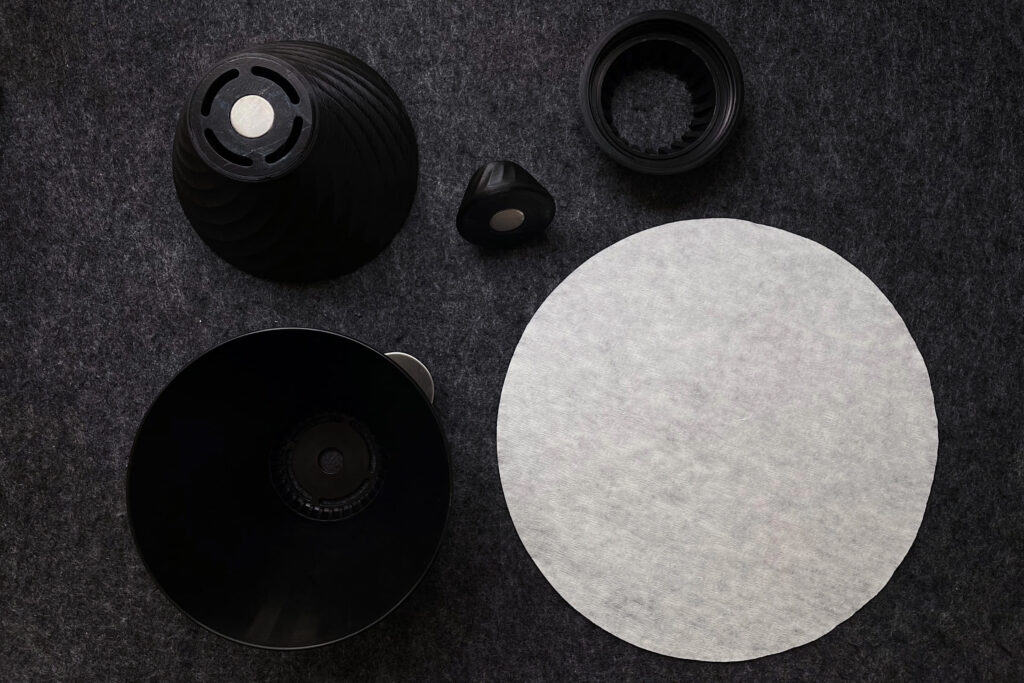
With the OREA Brewer V4, you have the flexibility to use either flat filters by OREA, Sibarist’s fast flat filters or external options like the V60 and CAFEC. Through our experimentation, we’ve tested both alternatives and determined that CAFEC’s filter papers suffice for small-batch brewing, particularly with the APEX.
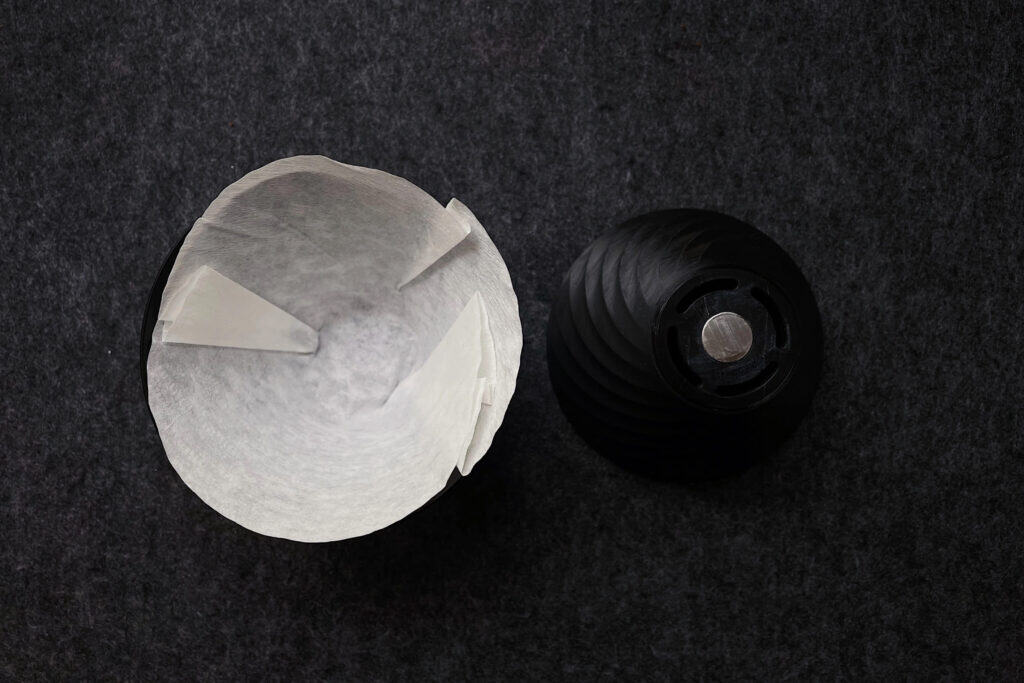
With OREA’s filters, we’ve noticed a slower flow rate, possibly attributable to the slightly thicker paper of the C-Type. One drawback of utilizing external paper filters is the possibility of an uneven surface area caused by trapped air bubbles during the pre-wetting process. If opting for OREA’s filters, selecting a thinner paper like the G-Type might be a more suitable choice.
The Flat Bottoms & APEX Conical
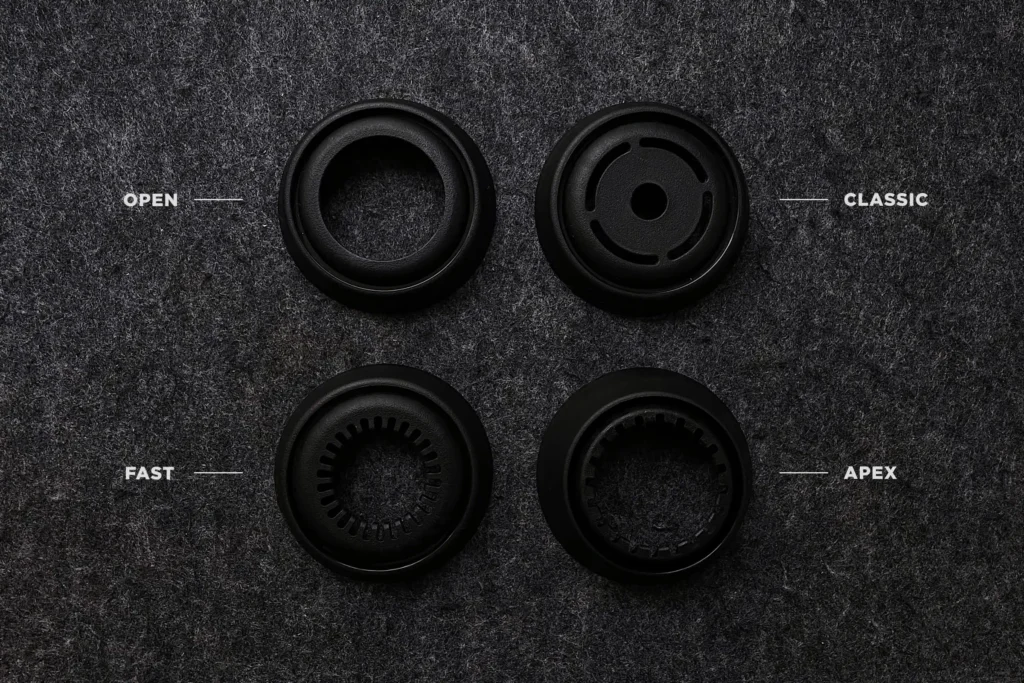
The OREA Brewer V4 features three flat bottoms and one conical bottom, essentially a 3+1 system. The three flat bottoms are compatible with wave filter paper like the Kalita Wave or with OREA’s flat filters that you can use with the Negotiator tool for V4.
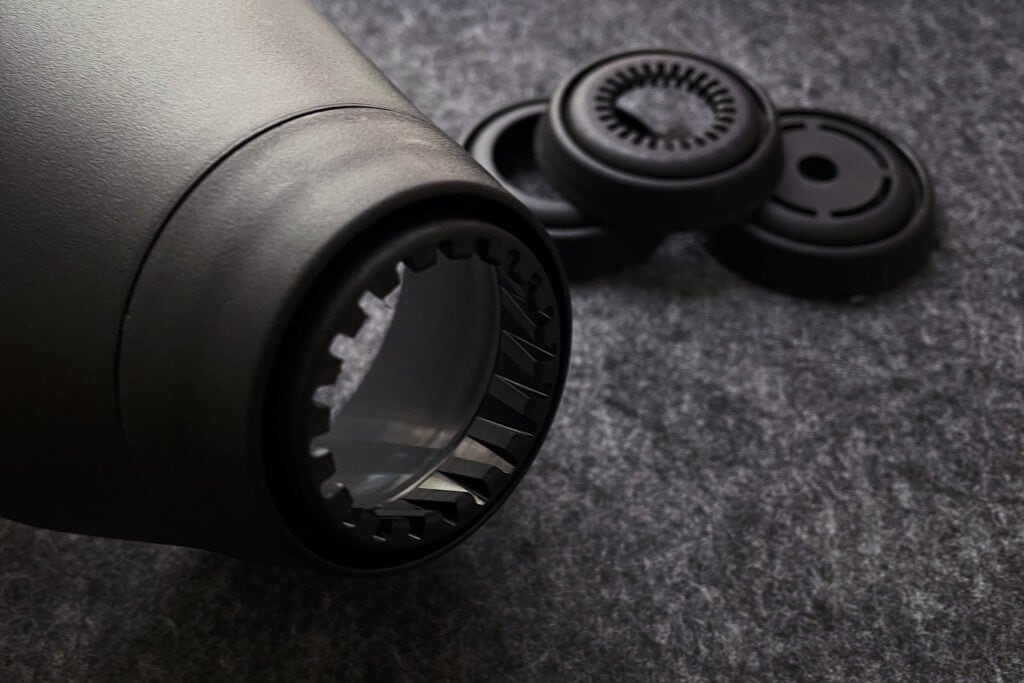
The APEX has a unique design, blending elements of both flat and conical shapes, as highlighted by OREA. With the APEX you can use cone-shaped filters such as the V60 or CAFEC.
The resulting shape of the paper filter is slightly more pointy than most. Our trials reveal that the APEX delivers outcomes reminiscent of a fusion between the Origami and V3 methods, offering clarity alongside sweet acidity.
Brewing with the OREA Brewer V4 Wide

OREA suggests using a similar brewing recipe as the V3 but with a finer grind size and slightly more coffee. Initially, we followed this advice but encountered a clogging issue in our trials. It’s possible that the unique geometry and sharp tip of the APEX contributed to this problem. Consequently, we adjusted by using a coarser grind size (85 clicks on 1zpresso K-Plus) to ensure a smoother flow rate during brewing.
Next was getting the temperature and extraction as best as possible to match the flow rate and brew time. We tried a 2-Pour method and compared that with a 3-Pour method, and the results were that the 3-Pour method provided more depth to the flavour, while the 2-Pour had a denser body.
Brewing Recipe – 3 Pour Method
Part of our recipe is similar to the ORIGAMI Air – 92° water temperature and 13g of coffee. But we combine it with the V60 style of 3 pours and use the Melodrip to evenly distribute the water droplets because of its wide diameter.
Upon completing the pours, we employ a spoon to perform an NSEW (north-south-east-west) stir as the final agitation. Ideally, the coffee bed should exhibit a smooth and level surface as the water draws down, indicating proper extraction.
We would say the V4 leaves little room for error, , making it essential to focus on extraction during the bloom. Additionally, it’s crucial to introduce gentle yet deliberate agitation throughout the pour to ensure optimal extraction.
Brewing Method
1. Pre-wet the paper filter. Even out the air bubbles around the paper filter
2. Add 13g of coffee and poke a deep hole in the middle of the grinds
3. Pour 40g of water for the bloom. Wait for 40 seconds
4. At 0:40, pour up to 120g slowly in circles around the coffee bed and then towards the center for up to 1:00
5. At 1:30, pour up to 200g with the Melodrip around the coffee bed up to 1:50
6. Give a light stir in NSEW motion after the pour
7. At 2:00, allow the drawdown for up to 2:30
8. Remove the brewer and give it a stir
Experiencing the System
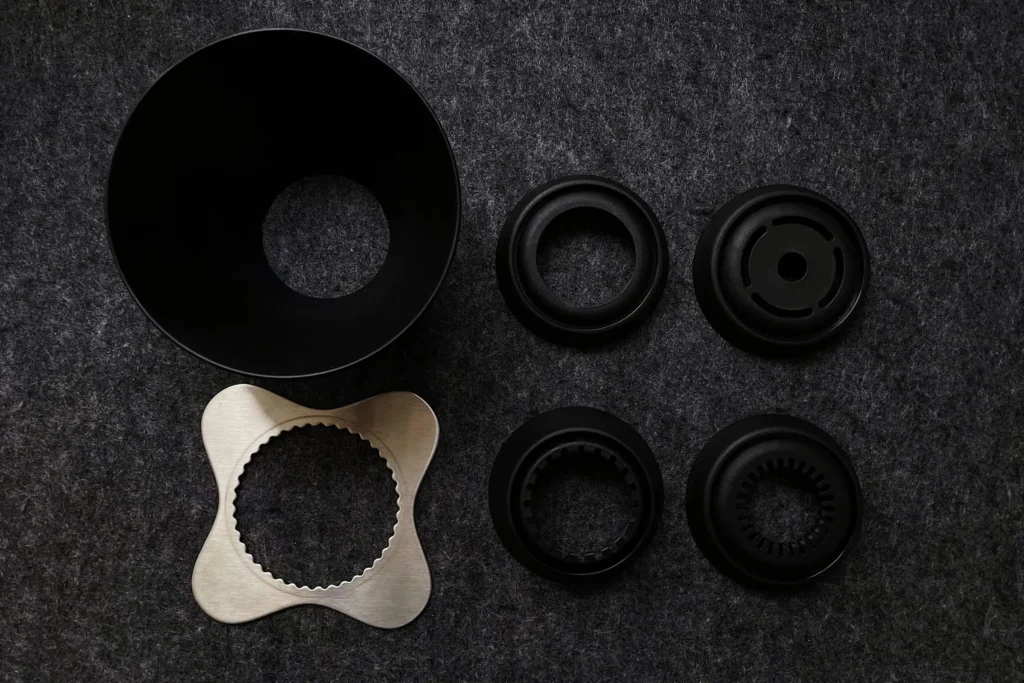
OREA conceived the V4 as a systematic brewer, yet it may pose a challenge especially for newcomers. Its distinctive dimensions, notably the V4 Wide, differentiate it from other brewers in the market and may require some adaptation. Moreover, acquiring the Negotiator tool and flat filters will become necessary over time, adding to the overall cost of ownership.
Therefore, this system isn’t inherently simplistic. You will need to understand its nuances and gain more brewing experience before producing good results. It does require some investment on your part as a home brewer. However, it could be rewarding if you enjoy experimenting with different brewing styles.
The highlight was the APEX. It delivers a well-balanced body and pleasant acidity. Extraction and agitation plays a role in getting the best flavours. We recommend using the APEX on all types of coffee and processing methods.
Conclusion
Overall, the approach that OREA took was innovative but it falls short in terms of user experience. We contend that if the V4 is positioned as a system, it should come bundled with the Negotiator tool. Packaging it together in a comprehensive bundle with essential accessories would enhance the completeness of the set.
However, if you’re contemplating owning the OREA Brewer V4 and have experience with the OREA Brewer V3, I would suggest considering it more as a novelty. While the V4 can be excellent for the average home brewer, it’s worth noting that you can still achieve exceptional brews with alternatives like the V60, Origami, or Kalita.
In conclusion, while our focus was on the OREA Brewer V4 Wide, newcomers to OREA might find it beneficial to begin with the Narrow or explore the latest OREA Brewer Porcelain. Additionally, for those seeking larger batch sizes, OREA offers the Big Boy brewer, accommodating 2-5 cups. Like the V4, it’s compatible with OREA’s flat and wave filters and includes a dedicated Negotiator tool for the Big Boy model.
Thanks for reading. We hope you have gained some valuable insights from this post. Follow Art Of Brew on Instagram and Twitter or share your thoughts in the comments below.